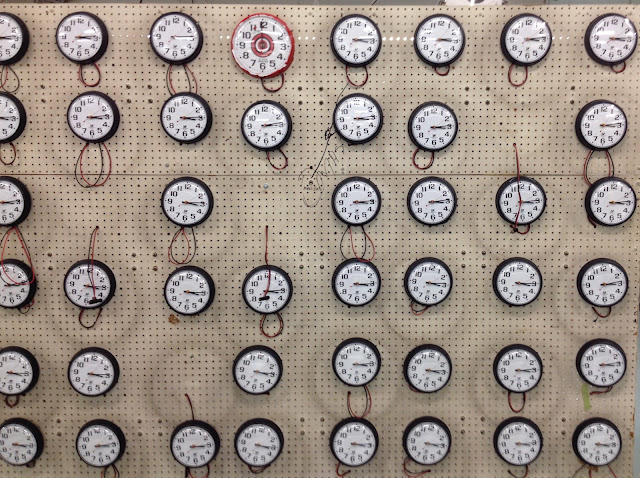 |
| Used with permission of the Museo Nacional del Prado |
MADRID — At home, a Chicago police press pass and a smile won’t get you anywhere you can’t go with a smile alone. But I keep my media credentials current anyway, for a reason that would send Mike Royko spinning in his grave: free admission to European museums.
The low position of the fourth estate in the U.S. — battered by a would-be dictator who doesn’t appreciate fact-obsessed busybodies contradicting his delusions — hardly need be mentioned.
And honestly, I’m not sure whether the free pass means Europeans respect journalists more, or merely pity them. The unemployed also get into museums free.
 |
| Museo Nacional del Prado |
If you’re wondering how I found myself in Spain, that’s easy: My wife wanted to go, and as scant as my desire was — considering the time, expense and effort involved — I wanted to be the guy who wouldn’t go to Spain even less. Turns out, there’s a lot of cool stuff there. Barcelona is silly with architecture by their wild genius, Antoni Gaudi. (“EAT YOUR HEART OUT!” I tweeted to our architecture critic Lee Bey.)
And Madrid has the Prado, the national art museum. In its collection is Hieronymus Bosch’s “Garden of Earthly Delights,” which Americans typically glimpse in a 2-square-inch sliver in a textbook. I spent 20 minutes gawping at its full-size wonder, where humanity dooms itself to hell, as far as I can tell, for the sin of eating berries with birds. Stepping into a gallery, I confronted a more colorful version of the “Mona Lisa.” You might know already, but it came as a shock to me. There are others?
And Madrid has the Prado, the national art museum. In its collection is Hieronymus Bosch’s “Garden of Earthly Delights,” which Americans typically glimpse in a 2-square-inch sliver in a textbook. I spent 20 minutes gawping at its full-size wonder, where humanity dooms itself to hell, as far as I can tell, for the sin of eating berries with birds. Stepping into a gallery, I confronted a more colorful version of the “Mona Lisa.” You might know already, but it came as a shock to me. There are others?
To continue reading, click here.









